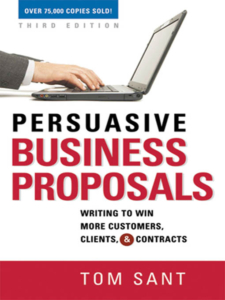To Be Interesting, Think Broad
“Many people and most organizations narrowly define what’s relevant and interesting to their followers. They mistakenly assume that their followers want to read about only a narrow band of subjects,” Guy Kawasaki and Peg Fitzgerald point out in The Art of Social Media.
As examples of how posts can be “broadened”, Kawasaki suggests that a restaurant chain might include news about atomic particles that help solve wine fraud, while an airline might offer news about drive-in theaters or mindful travel photography. It’s not that you don’t want to promote yourself and your own business to followers, the author explains; it’s that sharing interesting stuff and broadening by “catalyzing more interaction,” you earn the right to promote yourself!
As part of blogging training at Say It For You, I do often recommend including interesting information on topics only indirectly related to your specific business or profession (or, if you’re a freelance blog content writer, related to the client’s business or profession). If you’ve unearthed tidbits of information most readers wouldn’t be likely to know, so much the better. I agree with Kawasaki that even if some tidbits of information are not “actionable”, if they are intrinsically interesting, it’s worth including them simply to add fun and variety to your content.
But broadening the scope of information you offer in a business blog needn’t be only for the sake of adding fun to your content. Little known and trending news stories can be offered to readers with some very specific “ulterior motives” on the part of the business owner or practitioner, such as:
- clarifying the way your business or practice works
- demonstrating the many uses of your products
- reinforcing the importance of a widespread problem
- explaining why your business practices are designed to prevent that particular problem
- busting a common myth
Online searchers who’ve arrived at your blog post definitely need assurance they’ve come to the right place. But now they’re here, you’ll have a better chance of engaging their interest by “going broad”!





Follow us online!